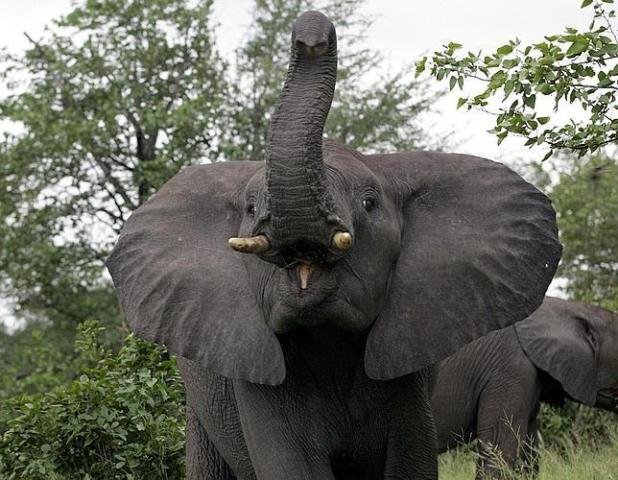
The elephant: "The quiet giant".
Pachyderm: This name means "thick skin". Designate the elephant and other animals as the hippopotamus.
 )
)
Elephants are the largest mammals on earth, they are as tall as a two-story house and heavier than a car.
The Asian elephant, Elephas Maximus, is the smallest and the females have no fangs.
Forest: The elegant African forest, Loxodonta Cyclotis, is distinguished by its rounded ears and short, straight fangs.
Savannah: It is the largest of all the elephants. It is called Loxodonta Africana and lives in the savannas of Africa south of the Sahara.
Tools:
Water pump: The elephants carry up to 7 liters of water in their tubes, which they then deposit in their mouths to drink. Elephants know when water is scarce and not wasted.

They help themselves from the fangs to dig the earth and get food and salt to complete their diet.
Eat bark, leaves, branches and grass. Those in the forest also eat fruits.
The elegant, African and Asian, live in hot climates where there are two seasons: the dry and the rainy.
They eat about 200kg of food per day and that is why they move a lot.
More than a nose: The most useful organ.
When they swim they use the tube as a periscope to breathe underwater: What a huge diver!

The elephant's trunk is an extension of the upper lip and nose.
It is composed of about 40,000 muscles, more than we humans have throughout the body.
Like hands: The African elephant's trunk ends in two extensions with as much mobility as fingers.
For everything: With the trunk they can tear a tree or pick up a feather on the ground.
Looking for a partner: The secrets of life.
Fights: The males fight to conquer the females. Young people do not always get.

Male elephants live alone or in small groups and only enter a herd when they look for a female.
The couples stay together for a short time.
Elephants reach sexual maturity between 10 and 12 years old.
Powerful old age: Elephants grow all their lives, that's why the eldest are the biggest and strongest.
A giant is born: learning to live.
Elephants have their offspring after 22 months of gestation, the longest period of all mammals. At birth, the little elephants can barely stand up.
Just as young children chew on their thumbs, elephants suck on their trunks.

I am hungry: The mother gives her babies a tit and, in addition, chews vegetables that she then goes through her mouth.
Go student: At birth they weigh more than 100kg, and a few days they follow their mother everywhere, catching the tail with their trunk.
Family life: a very powerful matriarchy, elephants without very social animals.
They live in herds of up to 70 individuals led by a matriarch, the most veteran female.
All the elephants of the group are family.

Learning: Survival is guaranteed thanks to the knowledge that is transmitted from generation to generation
Strategies: The elephants surround the little ones to protect them from lions and hyenas.
Leadership: The matriarch directs everything: When to eat, bath time or places to rest.

At 70, the matriarch leaves the herd and another elephant takes her place.
They communicate: conversations between elephants. Elephants, like almost all social mammals, communicate very well.
They use sight, hearing, smell and touch to make sure their messages come clear.
Touch: The tubes serve to convey tenderness, as in a hug, encouragement or affection.
Barrito: This sound can be heard up to 10km. This is how they communicate their state of mind.
Look at me: When they extend their ears forward, they warn that they are angry or nervous.
Go memory: Watch what you do to an elephant.
The elephants have an excellent memory.
Throughout their lives they can remember up to a thousand different individuals.
When you recognize one, you know if you have been good to them.
Call: The elephants are able to distinguish who barita and come, or not, to help.
Water: Throughout the year they travel the routes that always take them to the water sources.
Cemetery: It is said that elephants recognize their dead and that they cover them with leaves.

Beware: Something is built in the path of an elephant, it will destroy it to reach its destination.
Myths and realities: A mammal with contradictions.
The enormous size of the elephant already announces a singular animal that can not run, but that can sit in the same way as a dog does.
After bathing in water, dirt is sprayed on their bodies.
Sunscreen: Your skin is very sensitive.
To protect themselves from the sun and insects, mud showers are given.
Patitas: moves with agility, and even bounces, thanks to a kind of cushion that has between the fingers.
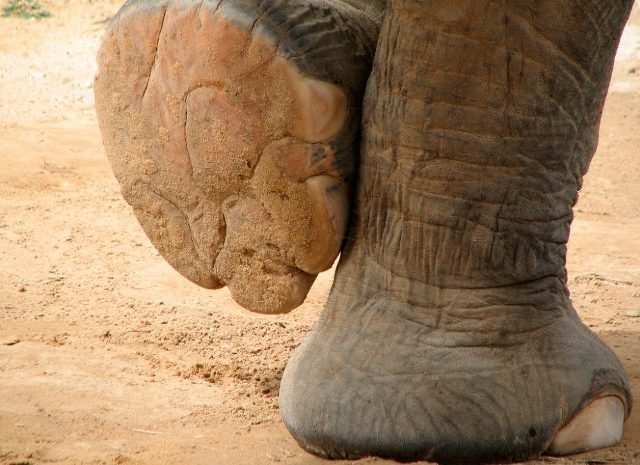
Despite what the cartoons say, elephants do not have mice. As you can see, they can be stepped on without problems.
A great ally: An animal that has helped man.
From very old times the elephants have been used in wars, just as Hannibal did to cross the Pyrenees and the Alps.
But his relationship with humans goes much further.
The elephants parade accompanying singers and dancers.
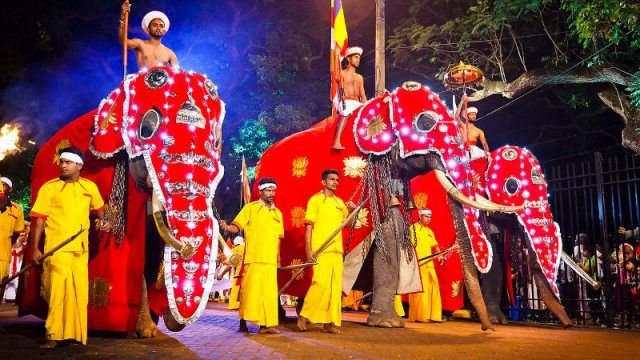
Transportation: The elegant ones were the preferred means of transport to hunt tigers.
Now they only take tourists.
Cargo: In Asia the elegant ones being the substitute of the tractor in the loading tasks.
Luxury: In the Buddhist festivals of Sri Lanka, the elephant is a decorated protagonist.
Take care of them with affection: We are not very elegant.
Besides the hunters, the elephants are in danger if we do not take care of their habitat because, being so big and living so many years, they need space to eat, grow and reproduce.
Nowadays, the sale of ivory objects is prohibited.

Poaching: the ivory trade has ended the lives of three million elephants in only 30 years.
Quiet: In Africa, national parks have been created to guarantee the conservation of the elephant.

Glossary: The elephant from A to Z.
Barrito: It is the noise, or bellow, characteristic of the elephant.
African Forest: It is the second largest forest in the world and extends south of the Sahara Desert.
Dentin: It is the ivory from which most of the tooth is made and which covers the nerve.
Elephantidae: It is the name of the family of elephants, which ends the two species that are preserved until today: The Asian elephant and the African elephant.
Stampede: It is the quick escape that an animal, or a group of animals, undertakes, when it feels threatened or in danger.
Pregnancy: It is pregnancy and all the time it lasts.
Sexual maturity: This is the moment when different species can already mate to have offspring.
Ivory: It is the hard and white material, covered with enamel that forms the tusks of the elephants.
Matriarchy: It is the type of social organization in which the authority is exercised by the mother. The head of the clan is called the matriarch.
Pachyderm: It is a group of mammals with thick skin and very sensitive, like the elephant, the rhinoceros or the hippopotamus.
National Park: These are natural areas protected by the governments of each country to preserve flora and fauna, where hunting or construction is prohibited.
Periscope: It is very common in submarines. It is a long tube that contains lenses that allow observing what is on the surface from the bottom of the sea.
Proboscideans: It is the order to which the elephants belong. Proboscis is the extension of the nose and upper lip in the form of a tube.
DID YOU KNOW?

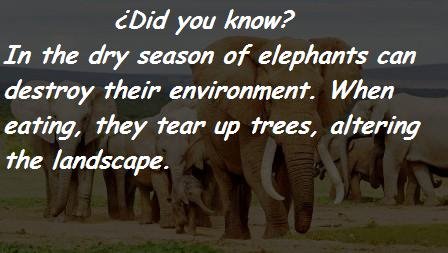

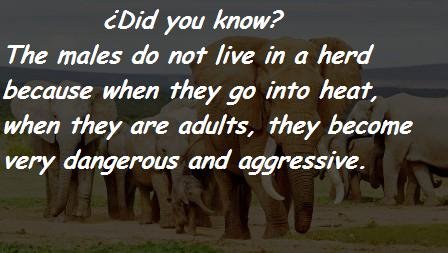







Content Carried out by me: https://steemit.com/@cesardiazv13
I hope it is to your liking and I thank you in advance for your suggestions and Upvote to continue encouraged to upload content like this, happy day.

